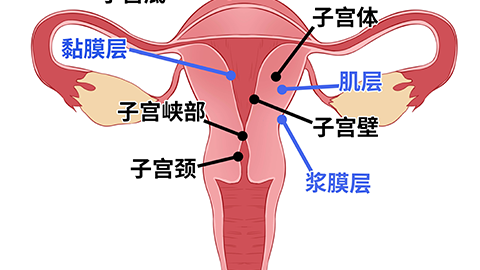Can an infantile uterus be cured?
In general, whether an infantile uterus can be cured depends on the specific circumstances and requires timely medical consultation to determine the cause and receive appropriate treatment under a doctor's guidance. Detailed analysis is as follows:

An infantile uterus is a manifestation of poor uterine development. If detected before or early during puberty and the condition is relatively mild, timely and effective treatment—such as hormone therapy to stimulate uterine development, dietary adjustments, and lifestyle improvements—may lead to significant therapeutic effects and even full recovery.
When uterine developmental abnormalities are severe, such as an extremely small uterus or structural defects, it is difficult for medication alone to restore the uterus to normal reproductive conditions. In such cases, infantile uterus may not be completely curable.
The chances of a cure are higher when the condition is detected early and the underlying cause is reversible. However, treatment becomes more challenging in adulthood or when the cause is irreversible. Accurate diagnosis through gynecological examination, hormone level testing, ultrasound, and chromosomal analysis is essential to determine the cause and develop a treatment plan under medical supervision. Even if a complete cure is not possible, reproductive goals may still be achieved through assisted reproductive technologies.






